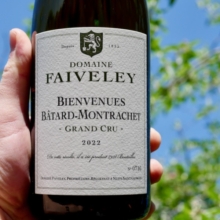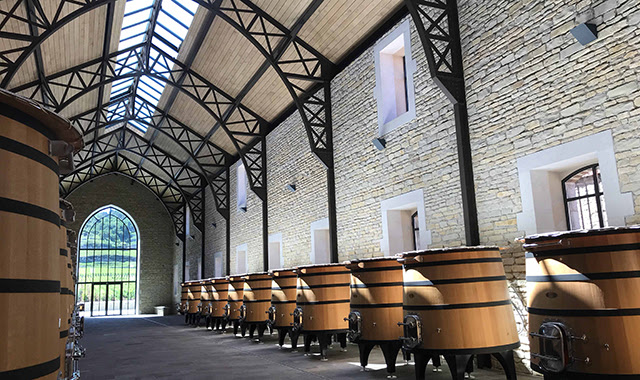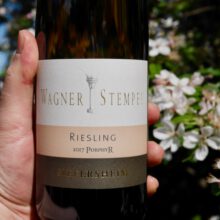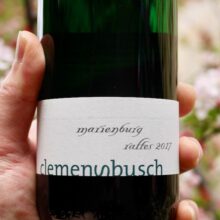
Product information
Domaine Faiveley Bienvenues Bâtard Montrachet Grand Cru 2022
Chardonnay from Puligny-Montrachet, France, Côte du Beaune, Burgundy
$1,265
Description
Mid lemon yellow. Some delicacy, without disputing the imminent power. A pure bench of fresh white fruit, actually this is more about nuances than power, though it maintains energy all the way through, to a fine long finish. Love the tension, and the finesse, while some other versions may be more intense.
94-97 Points, Jasper Morris – Inside Burgundy Drink: 2030-2038
The 2022 Bienvenues-Bâtard-Montrachet Grand Cru unwinds in the glass with aromas of peach, ripe citrus fruits, white flowers and toasted nuts, followed by a full-bodied, satiny and textural palate that’s rich, lively and saline.
93-95 Points, William Kelley – The Wine Advocate













You must be logged in to post a comment.